Personal Residence to Rental – The Super Tax Break
Investors
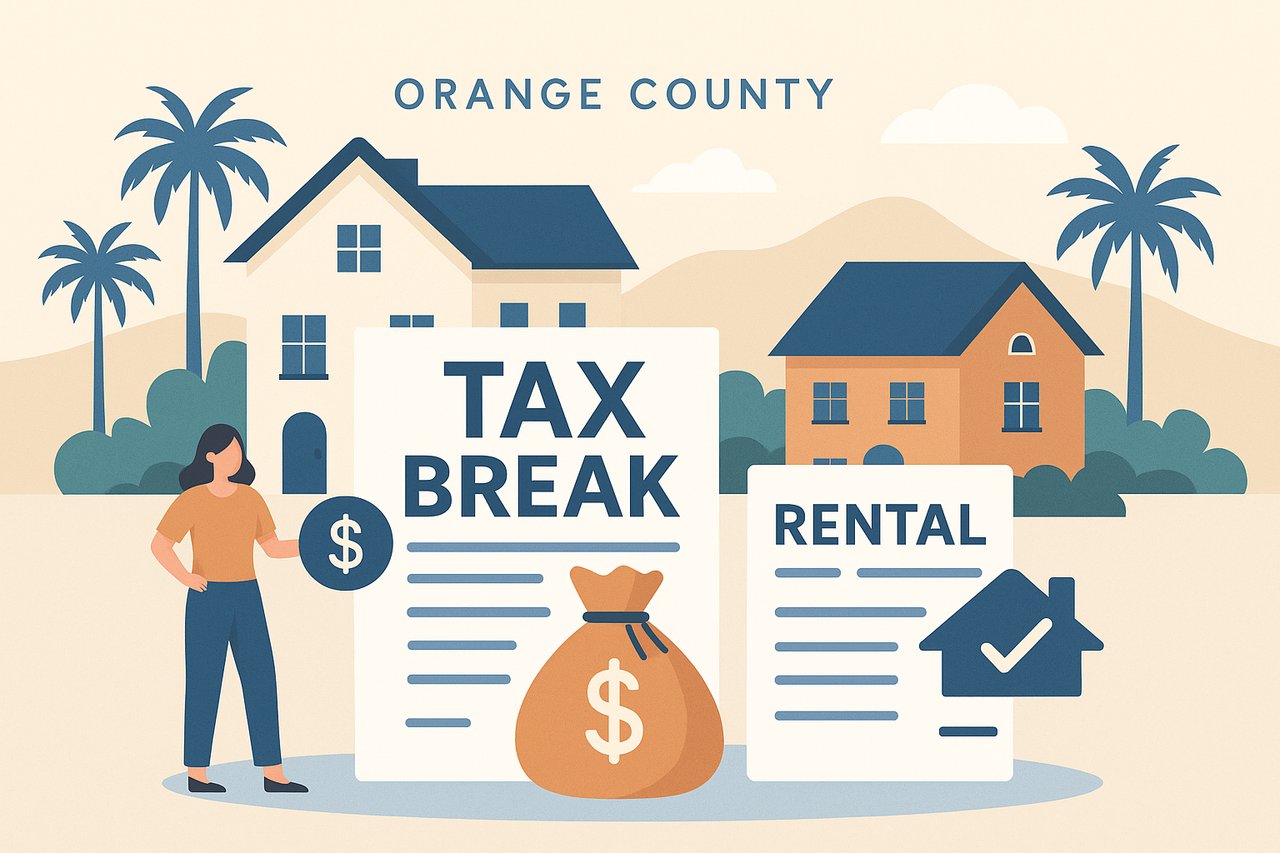
Investors

Home values in Orange County have soared over the years, leaving many longtime homeowners with massive unrealized gains. Normally, the IRS lets married couples exclude up to $500,000 (and singles $250,000) of profit from tax when selling a primary residence. But in our high-cost market, it’s not uncommon to have much more than that in appreciation. Any gain above those limits would typically trigger hefty federal and state capital gains taxes. The good news? There’s a little-known strategy to avoid paying taxes on far more than $500K of gain by converting your personal residence into a rental and smartly combining two tax provisions. This truly is a “super” tax break for savvy homeowners willing to plan ahead.
In this post, we’ll break down how to leverage Section 121 (the home sale exclusion) and Section 1031 (the like-kind exchange) together. By following the rules – primarily the 2-out-of-5-year occupancy rule for Section 121 and proper rental holding period for Section 1031 – you could potentially sell a highly appreciated home tax-free beyond the usual $500K limit. We’ll cover the timelines, an example scenario, key requirements (per IRS guidance in Revenue Procedure 2005-14), and tips to structure the transaction correctly. Always remember to loop in your tax advisor for personalized guidance and coordinate with your real estate agent. Let’s dive into turning your home sale into a tax win!
Section 121 of the Internal Revenue Code is what allows home sellers to pocket a sizable chunk of profit without paying capital gains tax. If you’ve owned and used a home as your primary residence for at least 2 of the last 5 years before sale, you can exclude up to $250,000 of gain (or $500,000 if married filing jointly). This is often referred to as the home sale capital gains exclusion. It’s a fantastic benefit for homeowners – essentially tax-free profit – as long as you meet the residency requirement (often called the “ownership and use” test) and haven’t used the exclusion on another home sale in the past two years.
For many average sellers, $250K or $500K covers their entire gain. But in places like Orange County, decades of appreciation can far exceed these limits. Imagine buying a home 20+ years ago and now selling for a million-dollar gain – only the first $500K for a couple would be tax-free, and the rest could face federal capital gains (~15-20%), California state tax (~13.3% top rate), and even the 3.8% Medicare surtax on net investment income. That extra profit can be a six-figure tax bill. Ouch.
This is where some creative tax planning comes in. Enter the strategy of converting your personal residence into a rental property before selling. By doing so, you transform the home into an investment property eligible for a 1031 exchange – a legal method to defer capital gains taxes by reinvesting sale proceeds into another property. When done correctly, you can use Section 121 to exclude up to $500K of gain and then use Section 1031 to defer the rest of the gain, essentially paying no taxes at the time of sale on a much larger profit. It’s like having your cake and eating it too!
Section 1031 is a tax provision that allows investors to swap one investment property for another “like-kind” property and defer paying capital gains tax. It’s often used by real estate investors to trade up to bigger properties or reposition portfolios without losing a cut to taxes. The catch: it only applies to properties held for business or investment purposes, not your personal home. That’s why a homeowner eyeing this tax break must first convert the residence into a rental (i.e. an income-producing investment) before sale. Once it’s a rental, you can sell it and roll the proceeds into a new investment property using a 1031 exchange, deferring any taxable gains.
Converting to a rental isn’t hard on paper – you move out and get a tenant in. The tricky part is timing and documentation. Tax advisors generally recommend renting the home for at least one to two years to clearly establish that it’s not a personal residence anymore. You’ll want to report rental income on your tax returns, take appropriate deductions (maintenance, property management, depreciation, etc.), and basically treat the house as an investment. This helps demonstrate to the IRS that the property qualifies for a 1031 exchange when you go to sell. If you try to flip the switch too quickly (say, only rent it out for a few months), the IRS could argue it wasn’t truly “held for investment.” Most experts suggest that two years of rental use is a safe harbor to legitimize the 1031 status.
Of course, you don’t want to rent it out too long – remember, to use the Section 121 exclusion you still need to have lived in the home 2 out of the last 5 years. Once you pass three years of rental, you’ll fall outside the 5-year window and forfeit your $250K/$500K exclusion. So there’s a sweet spot in how long to lease the home: long enough to satisfy 1031 requirements, but not so long that you lose your 121 benefit. In practice, many homeowners choose to rent their property for about 2 years, then list it for sale, which neatly fits both criteria.
Let’s clarify those timing rules, since they are the heart of this strategy:
Timing is everything with this strategy. A little misstep – like missing that 5-year residency window or not setting up the exchange in time – can derail the whole tax break. That’s why careful planning with a qualified CPA or tax advisor is crucial. The IRS won’t cut you slack for being a few days over a deadline. But if you map it out properly, you can thread the needle and reap huge rewards.
Nothing illustrates this better than a real-world example. Meet John and Mary Smith, a hypothetical Orange County couple who have owned their home for 20 years. They originally bought it for $100,000 back in the day. It’s now worth $1,000,000 – meaning if they sold it, they’d have a $900,000 gain. They’re retired and considering downsizing.
If John and Mary sell their home outright while it’s still their primary residence, here’s what happens: They qualify for the $500,000 exclusion as a married couple, so that portion of the gain is tax-free. But the remaining $400,000 of gain would be subject to capital gains taxes (federal and state). In California, the combined tax hit on $400K could easily exceed $100,000. They’d lose a big chunk of their hard-earned equity to Uncle Sam.
Now let’s see the magic of the 121 + 1031 combo: John and Mary decide to convert their home into a rental property and hold it out for lease. They find tenants and rent it for 2 years. By doing so, the home is now an investment asset in the eyes of the IRS. After two years of being landlords, they put the property on the market and it sells for the same $1,000,000. Because they lived in the house for at least two of the five years before sale, they still qualify to exclude $500,000 of the gain under Section 121. That leaves $400,000 of gain unexcluded – but instead of paying tax on that, they immediately reinvest those proceeds into a new investment property via a 1031 exchange.
By purchasing a qualifying replacement property, John and Mary defer the capital gains tax on that $400K balance. In fact, they structured the sale with a 1031 intermediary from the start, so none of the sale money ever touched their bank account – it went into the exchange escrow and then into the new property. In the end, they have $0 taxable gain recognized on their 2027 tax return. They’ve successfully avoided tax on the first $500K and deferred tax on the rest. This effectively saved them over $100,000 in taxes they would have owed by selling outright.
It’s important to note that to fully defer the remaining gain, John and Mary did need to follow the usual 1031 rules. Typically, that means buying a replacement property of equal or greater value and rolling over all their equity into it. However, because they excluded $500K under Section 121, they didn’t have to replace that portion of value in the exchange – only the part of the sale attributed to the $400K gain needed to be re-invested to defer the tax on it. (This is a nuance from IRS Revenue Procedure 2005-14, which lets the two benefits work together.) In simpler terms: they sold a $1M rental, excluded half a million as a former residence, and only had to buy ~$500K or more in new property to defer the rest. They chose a nice $700K duplex as their exchange replacement – and sailed off into the sunset with no immediate tax bill.
You might be wondering, “Is this really allowed?” Yes – the IRS has explicitly blessed the combination of a primary residence exclusion and a like-kind exchange in certain situations. IRS Revenue Procedure 2005-14 is the ruling that outlines how Sections 121 and 1031 can both apply to the same sale. It essentially says you first use Section 121 to exclude the portion of the gain you’re entitled to, and then you can apply Section 1031 to defer the rest. Several examples in Rev. Proc. 2005-14 illustrate scenarios just like John and Mary’s, confirming that this strategy is legal and workable.
That said, you must dot every i and cross every t. Here are some key requirements and caveats to doing a 121/1031 combo properly:
The above list isn’t exhaustive, but covers the main points. The bottom line is you need to comply with both sections’ rules in tandem. This strategy involves several moving parts and it’s wise to have both a knowledgeable real estate agent and a tax professional on your team. The agent (hello, Verso Homes 👋) can advise on market timing, rental considerations, and coordinate the sale and exchange logistics, while your CPA or tax attorney makes sure you’re meeting the IRS criteria. As noted, the IRS explicitly allows this combined approach, but only if executed correctly. It’s well worth doing right, considering the potentially enormous tax savings.
Before you rush to convert your home, carefully evaluate your situation. How much gain do you have? Does it greatly exceed the $250K/$500K exclusion? Are you prepared to become a landlord for a couple of years? Do you have or can you identify a good replacement investment property for the exchange? These are important questions to discuss with your advisors. For some, selling outright and paying some tax might be simpler if the extra gain is modest. But for others – especially those sitting on huge appreciation – this combined strategy can be a game-changer for preserving wealth.
Orange County homeowners who have built substantial equity should absolutely be aware of the “personal residence to rental” strategy. In an area where $500,000 gains are not uncommon (and, in fact, many homes have appreciated far more), the ability to shield additional profit from taxes is invaluable. By combining the primary residence exclusion with a 1031 exchange, you unlock a one-two punch of tax benefits: tax-free gains on the first $500K and tax-deferred gains on the rest. This can keep hundreds of thousands of dollars working for you – perhaps funding your retirement property, a new investment, or generational wealth building.
Keep in mind this is a sophisticated play with strict rules. Always consult with a qualified tax advisor to review your specific facts and ensure you’re in compliance. The IRS won’t hesitate to deny exclusions or exchanges if you mess up the details. We also recommend talking to a real estate professional experienced in both traditional sales and investment transactions (our team at Verso Homes, for example) to plan out the rental transition, optimal sale timing, and the logistics of the 1031 exchange process.
At the end of the day, the goal is to help you keep more of your hard-earned home equity. You’ve likely spent years paying mortgages, maintaining your home, and watching the value grow. With smart planning, you shouldn’t have to give a huge slice of that growth to the government. This “super tax break” is one way to potentially sell high and keep the gains.
Interested in exploring whether this strategy makes sense for you? Or looking for guidance on Airbnb investing, rental property management, or how a 1031 exchange might fit into your inheritance planning? We’re here to help. Every homeowner’s situation is unique, and a personalized discussion can uncover the best path forward.
Before making any moves, talk with a professional tax advisor about your specific circumstances. Then, when you’re ready, let’s chat about how Verso Homes can help you execute a winning game plan for your home sale or exchange.

*All information provided is for educational purposes. Tax laws are complex and individual situations vary – always consult a certified tax professional to understand how IRS rules (like Sections 121 and 1031) apply to you. Verso Homes agents are not tax advisors, but we can work alongside your CPA to help implement real estate strategies.
Stay up to date on the latest real estate trends.

November 28, 2025
Explore Aliso Viejo’s best pet-friendly parks, trails, services, and neighborhoods for dogs, cats, and every furry family member.
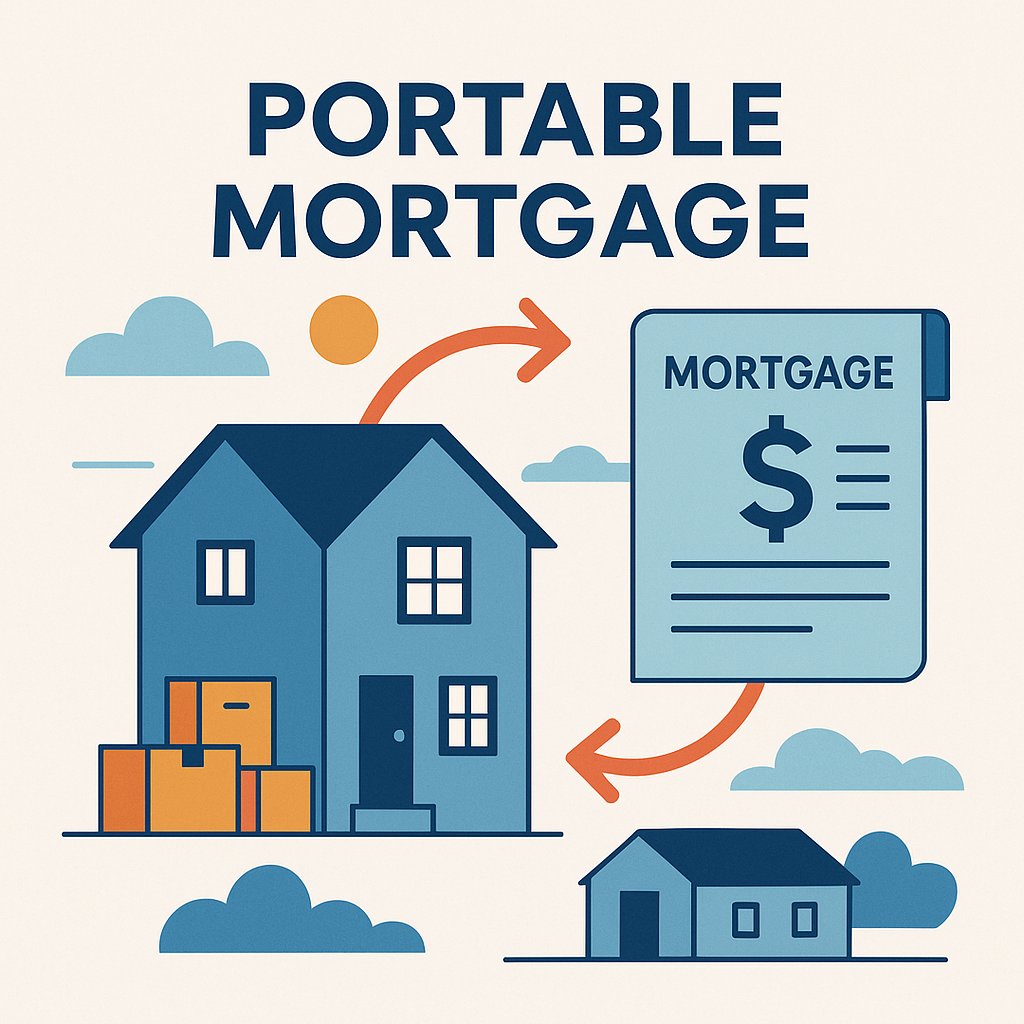
November 26, 2025
Understanding proposed “loan portability” ideas, how they compare to assumable loans, and what they could mean for Southern California buyers and sellers.

November 21, 2025
Explore the best beaches near Aliso Viejo — from Laguna coves to Dana Point harbors — with tips for quick, easy coastal access.
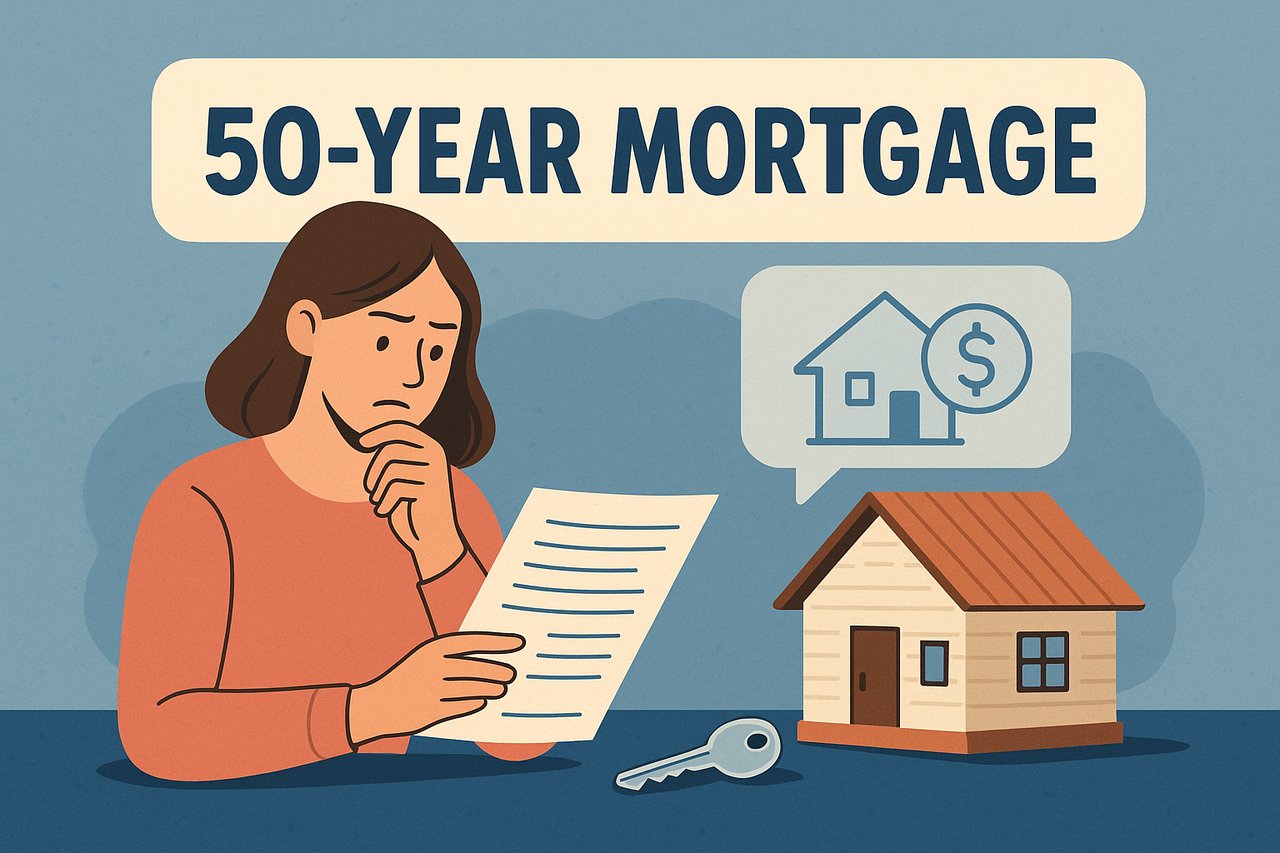
November 20, 2025
How Ultra-Long Loan Terms Impact Affordability, Equity, and Buying Power for SoCal Homebuyers

November 14, 2025
Explore Aliso Viejo’s best parks, playgrounds, and hiking trails — a complete guide for families, explorers, and locals.
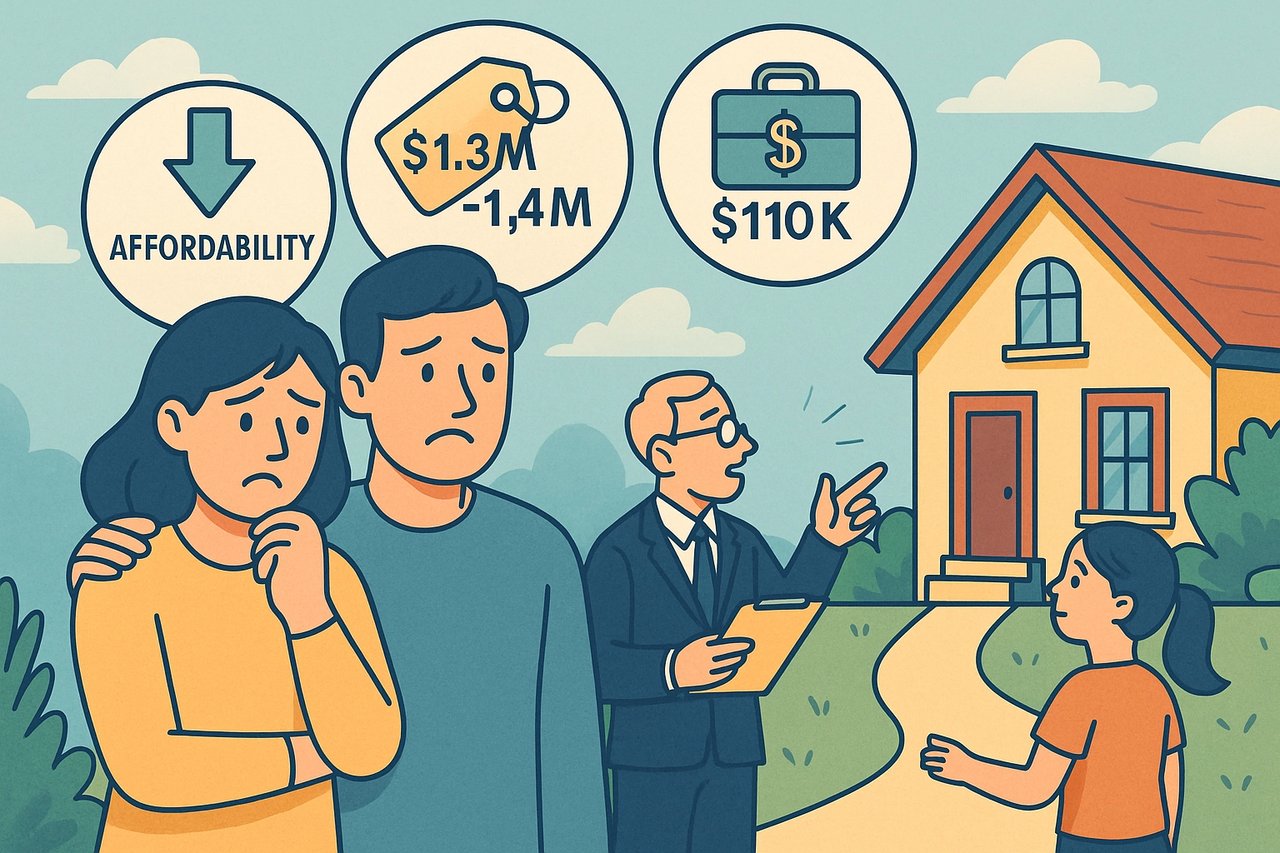
October 30, 2025
Exploring how home prices, inflation, and income gaps have made Orange County housing less affordable—and what families can do about it.
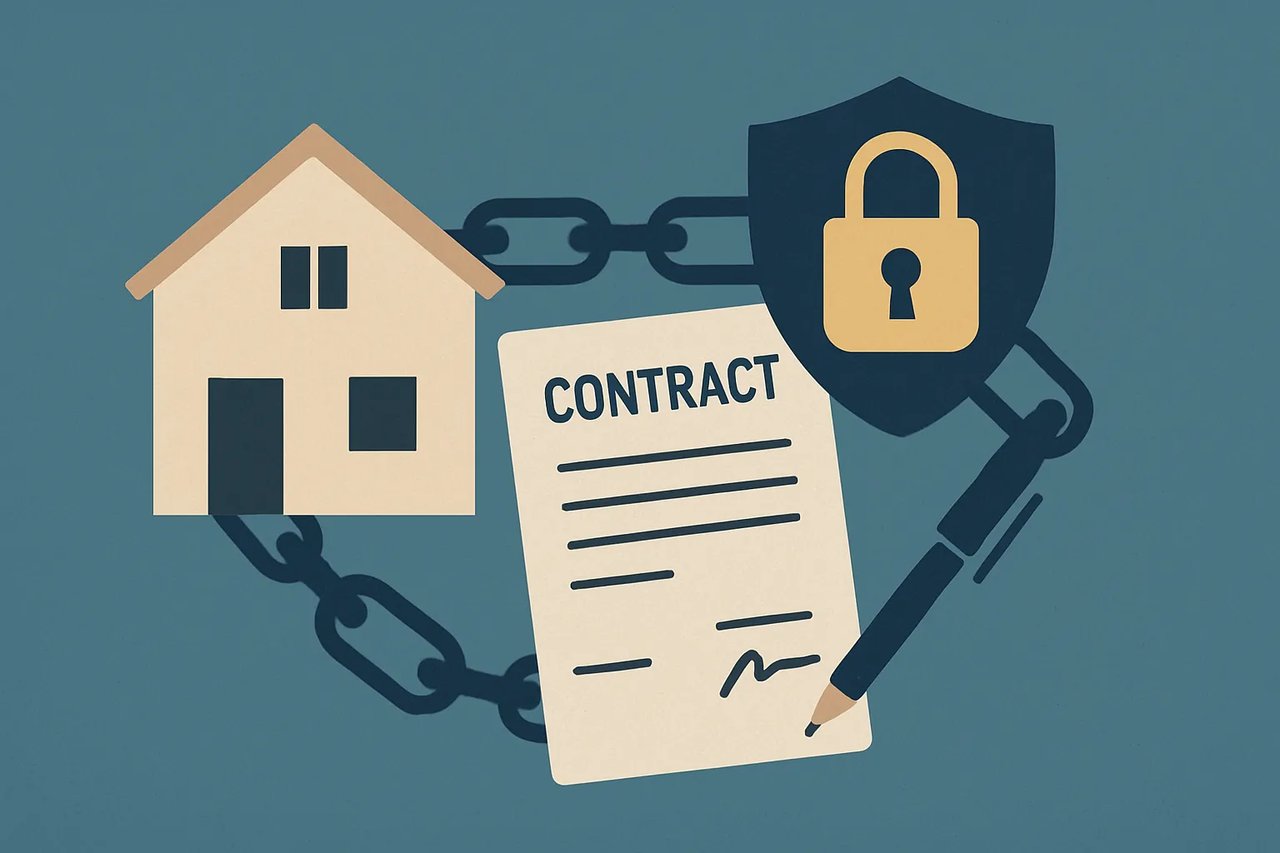
October 23, 2025
Comparing Title Lock Services and Traditional Title Insurance for OC Buyers and Sellers

October 23, 2025

October 16, 2025
From Scenic Views to Luxury Living, Explore What Makes These Neighborhoods Stand Out
You’ve got questions and we can’t wait to answer them.